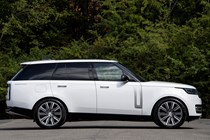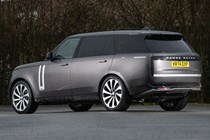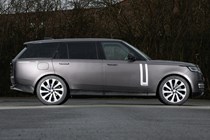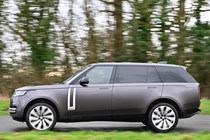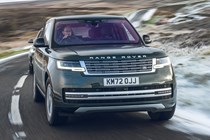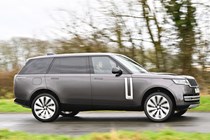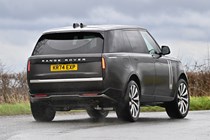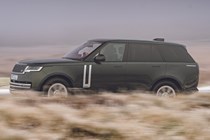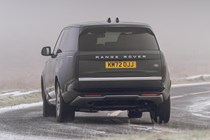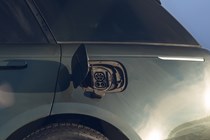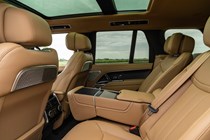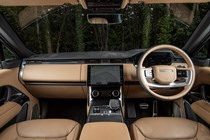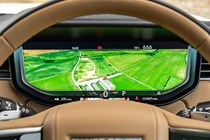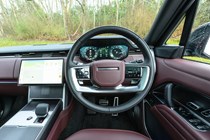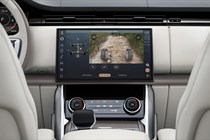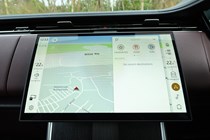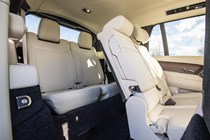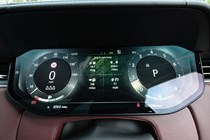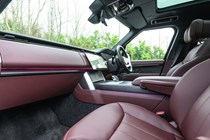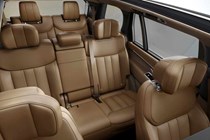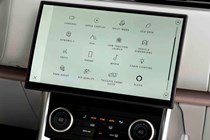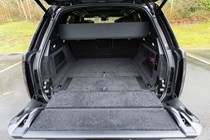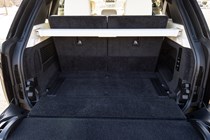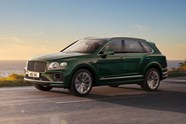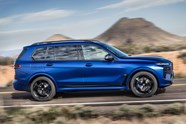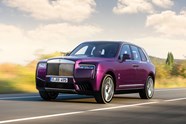
Range Rover review
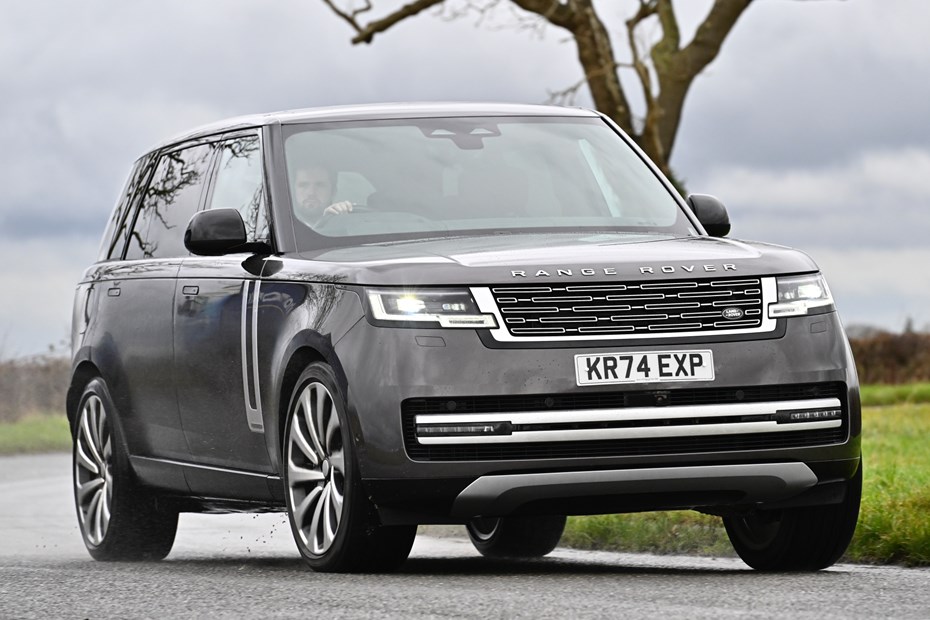
At a glance
| Price new | £107,055 - £210,145 |
|---|---|
| Used prices | £58,116 - £205,590 |
| Road tax cost | £620 |
| Insurance group | 47 - 50 |
Get an insurance quote with

|
|
| Fuel economy | 23.5 - 38.3 mpg |
| Miles per pound | 3.4 - 4.9 |
| Number of doors | 4 |
| View full specs for a specific version | |
Available fuel types
Petrol
Diesel
Hybrid
Pros & cons
- Superbly comfortable
- Wide choice of engines
- Still great off-road
- No physical heater controls
- Massive size can be tricky
- Some build quality and reliability niggles
Land Rover Range Rover SUV rivals
Overview
While the Range Rover started off as a plusher way to drive across a field, it’s now undoubtedly a fully paid up member of the luxury car club that just so happens to have plenty of off-road ability. It’s a formula that has even more fans now than when the Rangey was first introduced way back in 1970.
However, Land Rover’s competitors have since recognised the success of the Range Rover’s formula. Now, most luxury brands offer an imitation, with cars like the BMW X7, Bentley Bentayga, Mercedes GLS and Rolls-Royce Cullinan springing out of the woodwork to pry the rich’s money from their bank accounts.
We still love the Range Rover, though. None of its rivals have the same pedigree, and none can waft down the motorway yet still tackle a rutted green lane with the same level of deftness. In fact, we love it so much that it was the Parkers luxury car of the year 2023. You’ll also find it in our lists of the best luxury SUVs on sale and our rundown of the best luxury hybrid cars.
What’s surprising is that there have only been five Range Rovers in the past five decades. Land Rover’s product cycles for the car are simply enormous, probably because they’ve all been designed to be as timeless as possible. For the sake of a comparison, there have been eight Volkswagen Golfs in the same space of time.
Inside, the latest Range Rover is packed full of technology that not only makes the driver’s life more comfortable and more convenient – and its chassis is propped up by some fantastic hardware that helps the corner better than it has any right to. Four-wheel steering also makes it far wieldier than you’d think in multi-storey carparks, too.
As before, there are a wide range of models to choose from. You can it in standard wheelbase guise, as well as long wheelbase and long wheelbase with seven seats. You can supplement all these models with an extensive list of optional extras that includes a refrigerator, four-zone climate control and screens for those in the rear. There’s also a bespoke service if you’ve got really deep pockets and specific tastes.
Options like this cement the Range Rover’s position as a top-shelf luxury limo that’s probably on the same shopping list BMW 7-Series and Mercedes S-Class. If you’d like to learn more about how we sized up the Range Rover’s rivals, get clued up on our process by reading our how we test cars page.
Trim levels on the standard-length model include (in ascending price order) SE, HSE, Autobiography, and the V8-powered SV. There are fewer options available on the long wheelbase models; the seven-seater, for example, is only available in Land Rover’s SE, HSE and Autobiography trims.
A pure electric Range Rover has been teased, but for now you have a choice of mild hybrid petrols and diesels as well as a pair of impressive plug-in hybrids. With a starting price of just over £100,000, though, don’t expect any model to be a bargain.
Over the next few pages, we’ll thoroughly review all aspects of the Range Rover before offering our final verdict. Along the way, we’ll consider its practicality, the quality and comfort of its interior, the strengths of its technology, its driving experience and how much it’ll cost you to keep it on the road.



